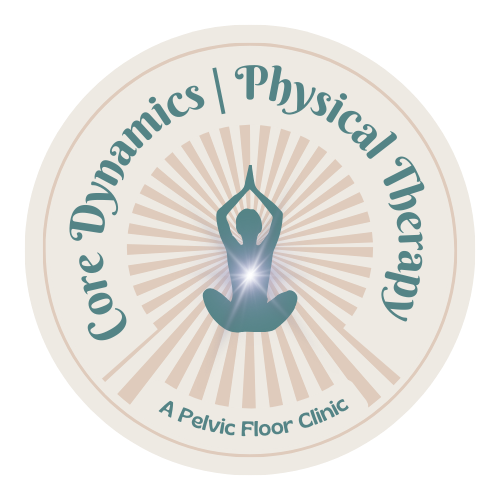Pelvic floor physical therapy is a highly growing specialty. When I was a physical therapy student, not many in my class showed interest in this area. Now clinical affiliations are sought out by PT students, clinics are searching for PTs to treat pelvic floor dysfunction, but why is there still a lack of knowledge that this specialty exists?
Physical therapists specializing in women’s health and pelvic floor dysfunction are speaking out via blogs, social media, new mom groups etc. Health care professionals are being educated in conferences and during one on one meetings. So why do we still hear from our patients: “I found you on my own” or “my OB/-Gyn didn’t know this therapy exists.” Why are pregnant women being told there is nothing to be done during their pregnancy? Why are postpartum women ignored of their complaints or made to believe they are normal?
The American Physical Therapy Association defines the role of PT as “health care professionals who diagnose and treat individuals of all ages, from newborns to the very oldest, who have medical problems or other health-related conditions that limit their abilities to move and perform functional activities in their daily lives.” Physical Therapists “diagnose and manage movement dysfunction and enhance physical and functional abilities, restore, maintain, and promote not only optimal physical function but optimal wellness and fitness and optimal quality of life as it relates to movement and health, and prevent the onset, symptoms, and progression of impairments, functional limitations, and disabilities that may result from diseases, disorders, conditions, or injuries.”
Pregnant women who complain of low back pain or sciatica or pubic pain have limitations such as walking, sleeping, and sitting. Postpartum women who complain of leaking, low back pain, or pelvic girdle pain have limitations with carrying their newborn, exercising, intercourse or bladder control. Such limitations should be delayed treatment until after pregnancy. Such limitations don’t deserve delay of assessment postpartum.
For years people have been sent to PT prior to and post-surgery such as hip replacement, ACL surgery and back surgery. The changes which occur during pregnancy and delivery (whether it be Vaginal or C-section) needs rehabilitation. Muscles may be lengthened and weakened, other muscles may be tightened and weakened, postures have changed, joints may be lax or tight, perineal tears may have occurred, muscle memory may have been lost, abdominal muscles may have separated; all of which may lead to impairment and functional limitations. All of which may lead to a less than optimal quality of life.
We know the quicker we address the impairments the faster we will allow these women to return to their activities. These impairments have been ignored for so long which has lead women to think leaking when they sneeze may be normal, or pain with intercourse after childbirth may be normal or their bellies will always look pregnant or they won’t be able to do their former exercises. Let’s teach women these are not the new norm. Let’s listen to the complaints and address them! Let’s start a movement that all pregnant women be evaluated during and after pregnancy to prevent the onset and/or progression of impairments.
The following list will help you identify when women may need to seek Pelvic Floor PT.
- Prenatal/Postpartum:
- Sacro-Iliac Joint
- Pubic Symphysis
- Sciatica
- Diastasis Recti
- Prolapse
- Complains of incontinence (Bladder or Bowel)
- Complaints of Urgency, Frequency, Nocturia
- Complains of dyspareunia (painful intercourse)
- Complains of pelvic pain
- Vulvo-vaginal, Vestibule, Bladder
- Unresolved Hip and or Low Back Pain, Groin pain
- Complains of belly looking pregnant, but they are very postpartum and or they are always exercising
- Diastasis Recti
- Complains of something is falling out of their Vagina/Rectum
- Prolapse
- Post-surgical pain (groin)
- Post hernia repair
- Post Hysterectomy
- Scar Pain
- C-Section
- Episiotomy
- Coccyx Pain
